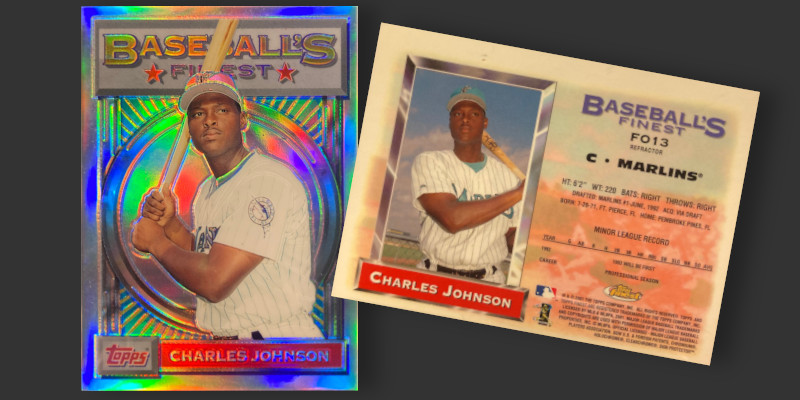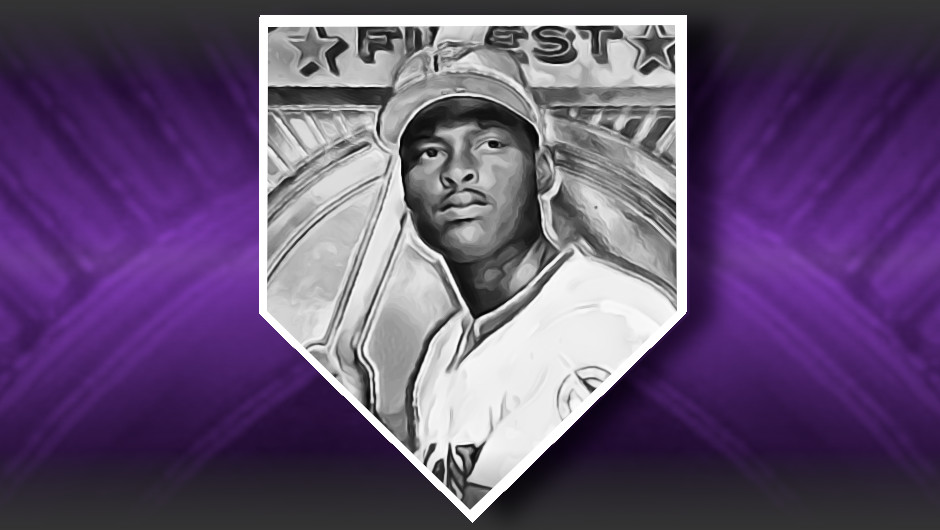A catcher’s primary purpose, to put it in the simplest form, is to catch the ball. To catch it when it is pitched. To catch it when it is hit in the air. To catch it when fired to home plate from another fielder. Somehow distinct from catching the ball but equally important is not dropping it. Don’t drop a pitch with runners on base. Don’t drop a pop-up. Don’t drop the relay throw and don’t ever let go when applying a tag to an unfortunate runner. Catchers are supposed to do other things, like take at-bats, confer with pitchers about what to throw, and deceive gullible umpires about what was actually thrown. These are important, but a catcher’s worth is ultimately a product of how well they CATCH.
In terms of catching a ball, Charles Johnson may have been among the best ever. In 1997, when he would win the third of four consecutive gold glove awards, he began the season by catching a ball thrown by Kevin Brown past the Cubs’ Brian McCrae. He caught another, another, and then another. He didn’t stop all year long, catching a mid-season no-hitter from Brown and continuing on for all 123 games in which he appeared. Johnson caught every single ball thrown and committed zero errors throughout every opportunity that season.
To put Johnson’s catching skills in perspective, consider that the only two other NL catchers have earned four consecutive gold gloves: Johnny Bench and Yadier Molina. Johnson is one of only six catchers to commit zero errors across 100 games or more in a season.






